Historical References Book I Cycle Marco Valerio: Last Glimpses of the East
Information on contents and insights (click here)
476 AD: Last glimpses in the East
Having barely survived the collapse of the empire in the West and now reduced to a mere mercenary, centurion Marcus Valerius Eurus is pushed back to a distant fortress on the edge of the Eastern Empire, trying to defend the last legitimate Augusta Familia that despite its decline represents what remains of Rome. It will be from the gloomy fortress of Papyrius that Marcus will move to the rescue, striving to reconquer an empire at the mercy of barbarians and usurpers: he will fight with the disenchantment of the mercenary, surrounded by the betrayal and unreliability of his own commanders, but in the tragedy of the twilight of Rome, he will rediscover in the courage of his Empress the pride of fighting for Rome... Or for what remains of it.
[a] Urban house of a wealthy family. For a schematic illustration.
[b] For a schematic reproduction and a map of Constantinople.
[b2] Imperial Guard of Constantinople
[c] The other cohort, on horseback, of the Imperial Guard in addition to the excubitores. They were usually recruited from auxiliaries of Germanic origin. For an iconographic example of the Imperial Guard
[d] For a map and a visual reconstruction of Aquileja in the imperial age.
[e]For a map of Venetia with the consular roads in the imperial age.
[f] For a schematic map of a Roman villa of the imperial age.
[g] For the reconstruction of Ravenna at the end of the 5th century
[h-1 ] Alani warriors
[H-2] - Miles Pseudocomitatenses or Roman limitaneo
[I ] - Legio Comitatense
[J] - Auxilia Palatina
K - Roman clibanarium with full equipment
K-2 - Sagittarii juniores Orientales
L Lower course of the Danube
M - Reconstruction of a camp of the peoples of the steppes
N- Acquilea reconstruction
X - Europe 476 a.C.





 Admin
Admin 


















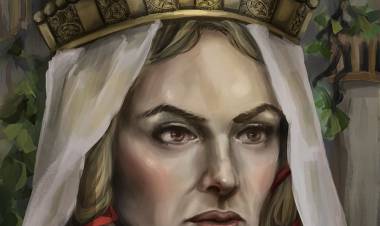



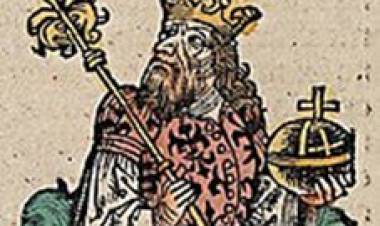
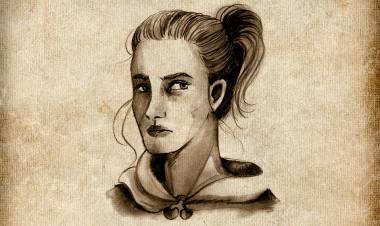
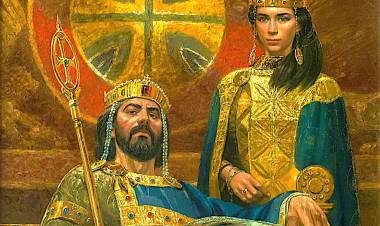

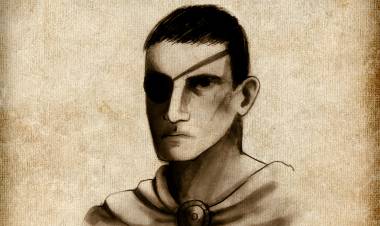
Comments (0)
Facebook Comments (0)